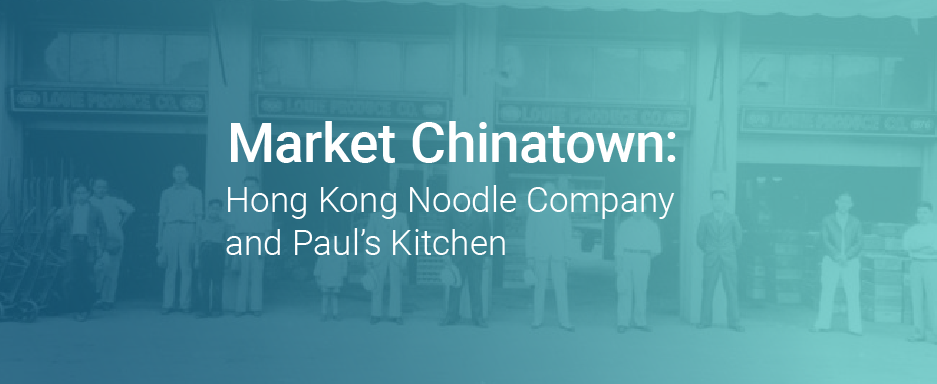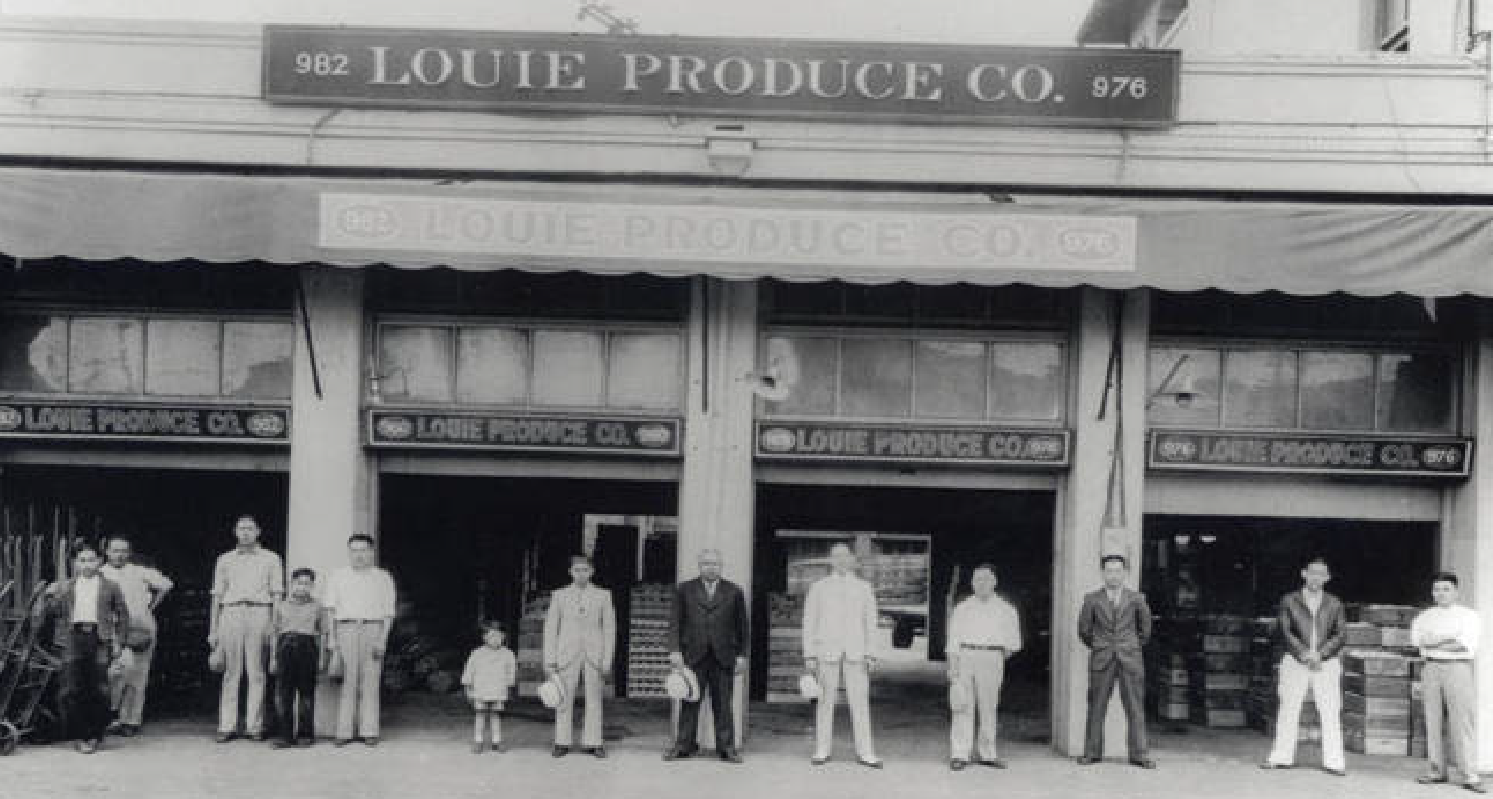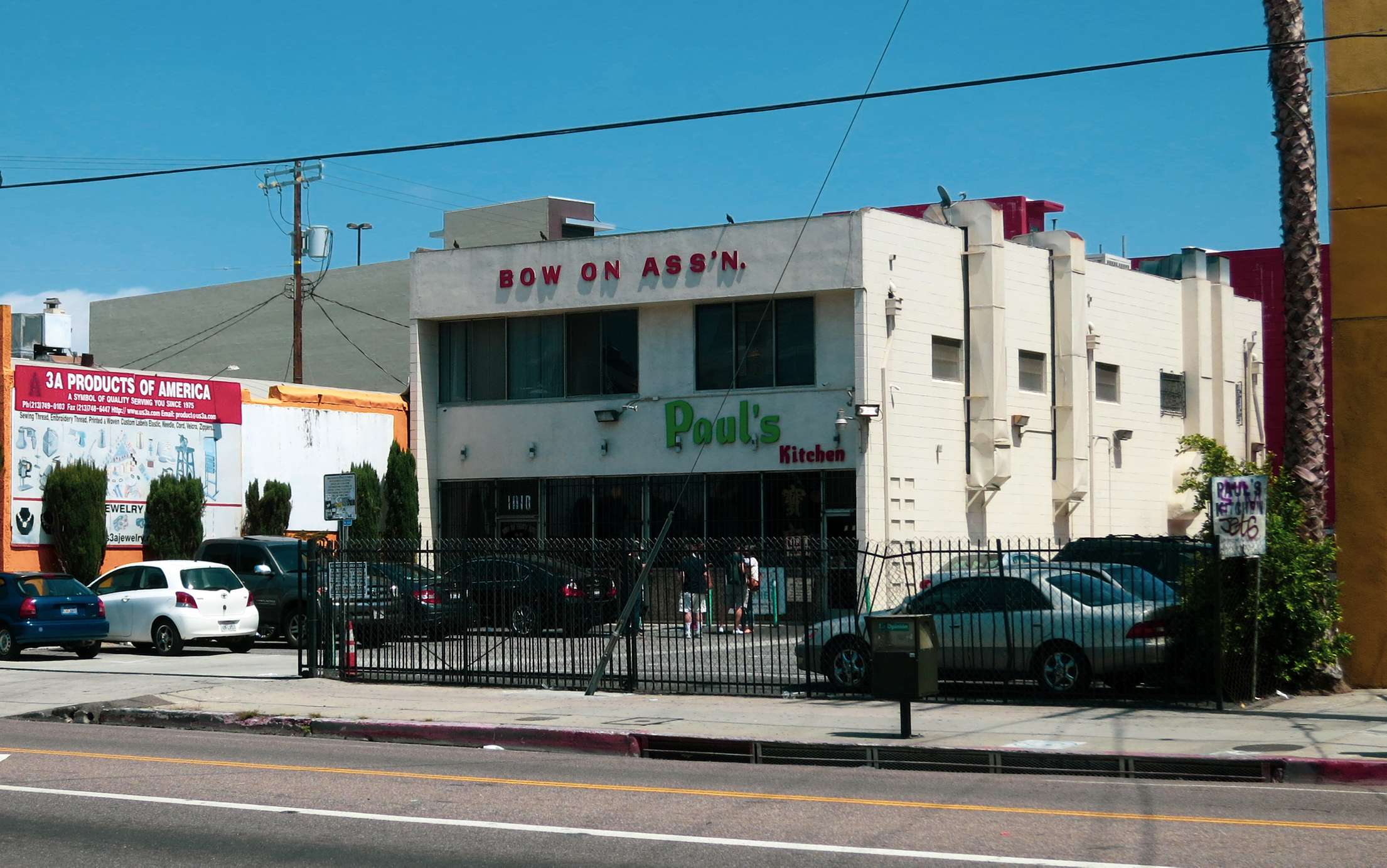
-
Category:
- #OurLA
#OurLA
During the COVID-19 pandemic, LA City Planning’s Office of Historic Resources has created a series of blogs called #OurLA to keep us connected to one another and to the places and neighborhoods that make Los Angeles special. This series highlights lesser-known historic buildings and historic places across the city – including places that help build community and connection. We’ll also be offering links to where you can learn more about related historic places and themes that have helped to define Los Angeles.
The year 2021 marks the 150th anniversary of a tragic and shameful chapter in Los Angeles history – the Chinese Massacre of 1871. On October 24, 1871, a mob of some 500 Anglos, Europeans, and Mexicans entered Chinatown and began rioting, looting, and setting fire to the area. During the riot, 17 Chinese residents were tortured and hanged, making it the largest mass lynching in American history.
The Office of Mayor Garcetti, with members of the Civic Memory Working Group, are considering ways to memorialize and interpret these events this fall. But the history of the Chinese American community in Los Angeles is also a story of resilience and success, as detailed in the Chinese Americans in Los Angeles, 1850-1980 Historic Context Statement, prepared in 2018 for SurveyLA, the citywide historic resources survey.
While the 1871 massacre took place in the Old Chinatown, a second Chinese settlement developed in the first decade of the twentieth century, to the south in Downtown Los Angeles, around East 9th and South San Pedro Streets. As Chinese farmers transitioned from truck farming to wholesale produce businesses, wholesale produce markets were established in this district to accommodate increased demand for sale and distribution of fruits and vegetables.
The City Market of Los Angeles at 1057 South San Pedro Street was of particular importance to the Chinese American community. Incorporated in 1909, the market occupied over six acres and was designed in the Mission Revival style by Los Angeles architecture firm Morgan and Walls.
As the Chinese resident population grew, businesses that catered to Chinese customers—such as grocery stores, a pharmacy, and professional service offices including insurance, law and accounting offices—soon followed, lining the commercial streets around City Market.

(Photo Courtesy : El Pueblo Monument Photo Collection/ Los Angeles Public Library)
Although most of City Market has been demolished and little remains of Market Chinatown today, the Hong Kong Noodle Company at 950 South San Pedro Street remains standing, in a vernacular commercial building that has been its home continuously since 1910. The Company provided fresh and dry Chinese noodles, won ton skins, and other pasta products to Chinese American markets and restaurants in the areas. It is also popularly regarded as the birthplace of the fortune cookie in 1918, when its founder David Jung began distributing cookies with inspirational messages to unemployed men gathered on the street outside.
On the next block at 1012 S. San Pedro, is a building designed in 1968 by Chinese American architect Gilbert Leong. The upper floor of the building has been occupied since its construction by the Bow-On Association, a Chinese benevolent association established to provide for the needs of Chinese immigrants, such as social welfare and cultural activities, in order to preserve the culture and traditions of Chinese people. Benevolent associations were often organized around villages or surnames, serving immigrants who shared a common dialect or place of origin.

On the ground floor of the building is Paul's Kitchen, a Chinese restaurant that opened nearby in 1946 and moved to this location when the building was constructed. It continues to serve Cantonese cuisine popular for decades – dishes such as chop suey and egg foo yong – providing a continued glimpse into the Chinese American community that once thrived in the City Market neighborhood.